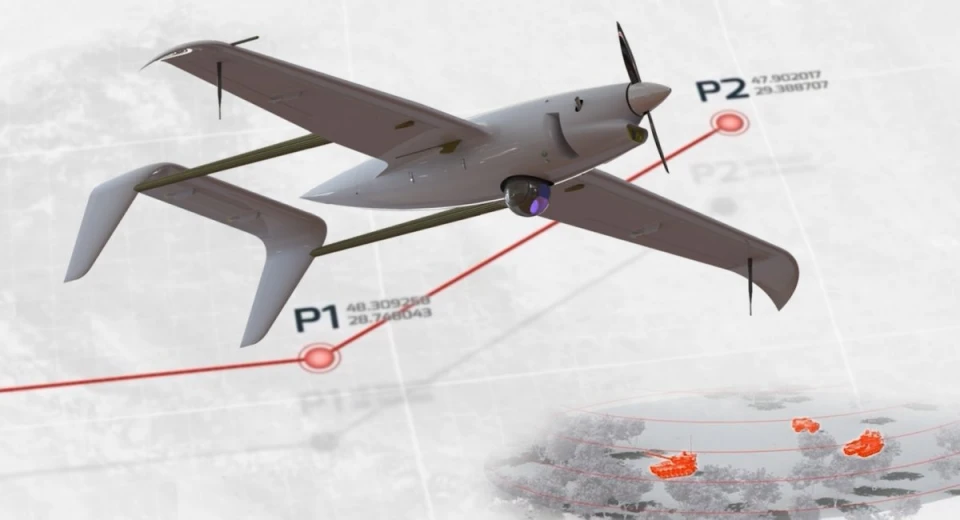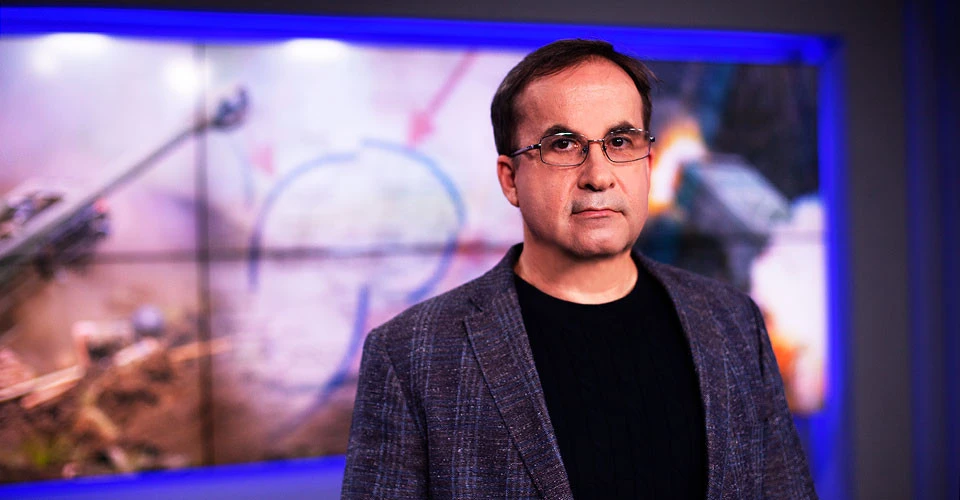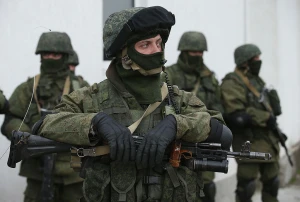
Russian troops focus on capturing Kurakhove. Serhiy Zgurets' column
Russian troops aim to encircle Kurakhove from the north and south, with ongoing attacks from the east. The heaviest threat lies south, from Yasna Poliana to Kostiantynopil
Russian forces attempt to attack Kurakhove from the north and south
Russia is now focused on capturing Kurakhove, as confirmed by combat statistics from the past two days. Russian troops are attempting to encircle Kurakhove from the north and south, while also attacking from the east. They have concentrated over 60,000 troops in this section of the frontline. Notably, these forces are advancing from the north of the Kurakhove reservoir to threaten the city from the east, while also pushing from the south.
The most critical area south of Kurakhove extends from Yasna Poliana to Konstantynopil, particularly along the road connecting Kurakhove to Zaporizhzhia. If Russian forces manage to reach this road, Ukrainian logistics in the area will be severely affected. While the Russians have seen some tactical successes here, they are less significant than those achieved last month. The distance from Yasna Poliana to the highway at Konstantynopil is over 8 km.
Additionally, Russian troops are exerting pressure from Bohoiavlenivka through Trudove toward Uspenivka. Their assault on Uspenivka poses a threat to three Ukrainian brigades: the 79th Airmobile Brigade, the 33rd Mechanized Brigade, and the 46th Airmobile Brigade. However, it is important to note that events may not unfold exactly as they appear on the map in the Kurakhove direction, despite Russian advances in certain areas.
In this situation, it’s challenging to predict the dynamics of combat, but emphasis should be placed on preparing and building strong fortifications along the Novopavlivka-Novosilka line. Such actions will definitely not be in vain. Along with the importance of fortifications, coordination among Ukrainian brigades, effective management of operational and strategic groups, reserves, and armaments are also crucial.
Three-year contracts and 5% loans to bolster Ukraine’s defense industry
Skyeton CEO Roman Kniazhenko believes that signing three-year contracts between the state and manufacturers is one of the most crucial steps for advancing Ukraine’s defense industry. These contracts allow companies to plan production years ahead, a fundamental factor for manufacturers. With such agreements, companies can establish stable production schedules. According to Kniazhenko, if these contracts truly come into effect, they will have a positive impact on Ukraine's defense sector. Additionally, the state’s new 5% annual loan program for weapons manufacturers will enable companies to build long-term production strategies. With confidence in future production, companies can obtain state-backed loans, covering a portion of advance payments through banks rather than directly from the government.
Improvements to the reconnaissance UAV by Skyeton
Roman Kniazhenko also spoke about the changes made to the ACS-3 UAV after Russia's full-scale invasion. According to him, it is now a completely different system capable of performing various tasks with much greater reliability. One of the most notable updates is that the ACS-3 has become multi-functional. Today, it can carry out a wide range of tasks in combat zones, depending on its equipment. In other words, the ACS-3 is no longer just a reconnaissance UAV; it is a versatile platform for multiple mission types.

ACS-3 UAV by Skyeton (photo: Defense Express)
Kniazhenko also discussed the radar equipped on the ACS-3 UAV, highlighting that the synthetic aperture radar has already entered mass production. This radar is capable of imaging the ground through clouds, rain, fog, and snow. Kniazhenko emphasized that this development is a sign that the Ukrainian Defense Forces are becoming more technologically advanced. He pointed out that just two or three years ago, Ukraine had to ask its partners for UAVs and gimbals, but now the range of tasks and technologies required by the military is fundamentally different. In other words, Ukraine has reached a fairly high level in this area. Kniazhenko noted that whenever users of the company’s products need to improve the technology, it benefits both the company and the Ukrainian Armed Forces.
Process of creating a single center for UAV operators in Ukraine has begun
Roman Kniazhenko mentioned that automating the entire flight process of the ACS-3 UAV is highly welcomed by the military. However, integrating such innovations is neither simple nor quick, partly due to bureaucratic processes in the Ukrainian Ministry of Defense. Yet, according to Kniazhenko, a shift is beginning where the army won’t need to spend large sums on moving operators and equipment. The plan is to establish dedicated hubs where drone operators can work and train.
This is a very important step. First, qualified drone operators will be able to work safely and calmly. Second, by eliminating the need to move equipment and operators from place to place, significant costs will be saved. This means that the personnel required on the front lines for such tasks will be reduced by at least half.
Another key aspect is that such a hub will allow for the integration of diverse information, which will be displayed on a situational screen. This means that operators will be able to receive data not only from the UAVs but also from satellites and other drones. This coordination enables the continuous and efficient use of the ACS-3 UAV.
Roman Kniazhenko also emphasized that during wartime, there are no weapons that cannot be lost, especially when it comes to UAVs, which spend 80% of their operational time behind enemy lines. According to him, this happens on both sides. However, Skyeton is taking steps to ensure that their products are more advanced and technologically refined.
- News












































